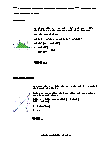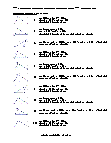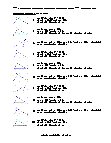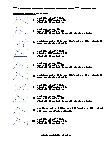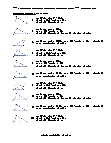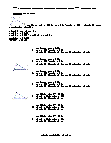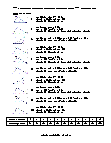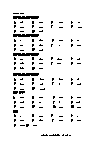Law of Sines Worksheets
What is the Law of Sines?
In the world of trigonometry, there is another law that is used to determine the nature of a triangle, i.e., the law of sines. The law of sines is considered as the relationship between the sides and the oblique angles of the triangles. In other words, it simply states that the ratio of the length of any side of a triangle and the sine of the opposite angle remains the same for all sides of the triangle.
In retrospect, for a triangle ABC which is oblique with the sides a, b, and c, the law of sines will be:

To use the Law of Sines, you need to know either two angles and one side of the triangle (AAS or ASA) or two sides and an angle opposite one of them (SSA).

-
Basic Lesson
Guides students solving equations that involve an Law of Sines. Demonstrates answer checking. In △ABC, side a = 8, m ∠A = 30° and m ∠C = 55°. Find side c to the nearest tenth of an integer.
View worksheet -
Intermediate Lesson
Demonstrates how to solve more difficult problems. Using C = sin-1(.342), we have C = 19.999 = 20° (Since triangle ABC already has an obtuse angle of 110 degrees, we can eliminate the notion that sin is also positioned in Quadrant II, which would give us a second obtuse angle.
View worksheet -
Independent Practice 1
A really great activity for allowing students to understand the concept of Law of Sines. Find the length of b to the nearest tenth
View worksheet -
Independent Practice 2
Students find the Law of Sines in assorted problems. The answers can be found below.
View worksheet -
Independent Practice 3
A really great activity for allowing students to understand the concept of Law of Sines.
View worksheet -
Independent Practice 4
Students find the Law of Sines in assorted problems. The answers can be found below.
View worksheet -
Homework Worksheet
Students are provided with problems to achieve the concepts of Law of Sines.
View worksheet
Thoughts From Pierre de Fermat
I have discovered a truly marvelous proof of this, which however the margin is not large enough to contain. -- Referring to the result known as Fermat's Last Theorem
